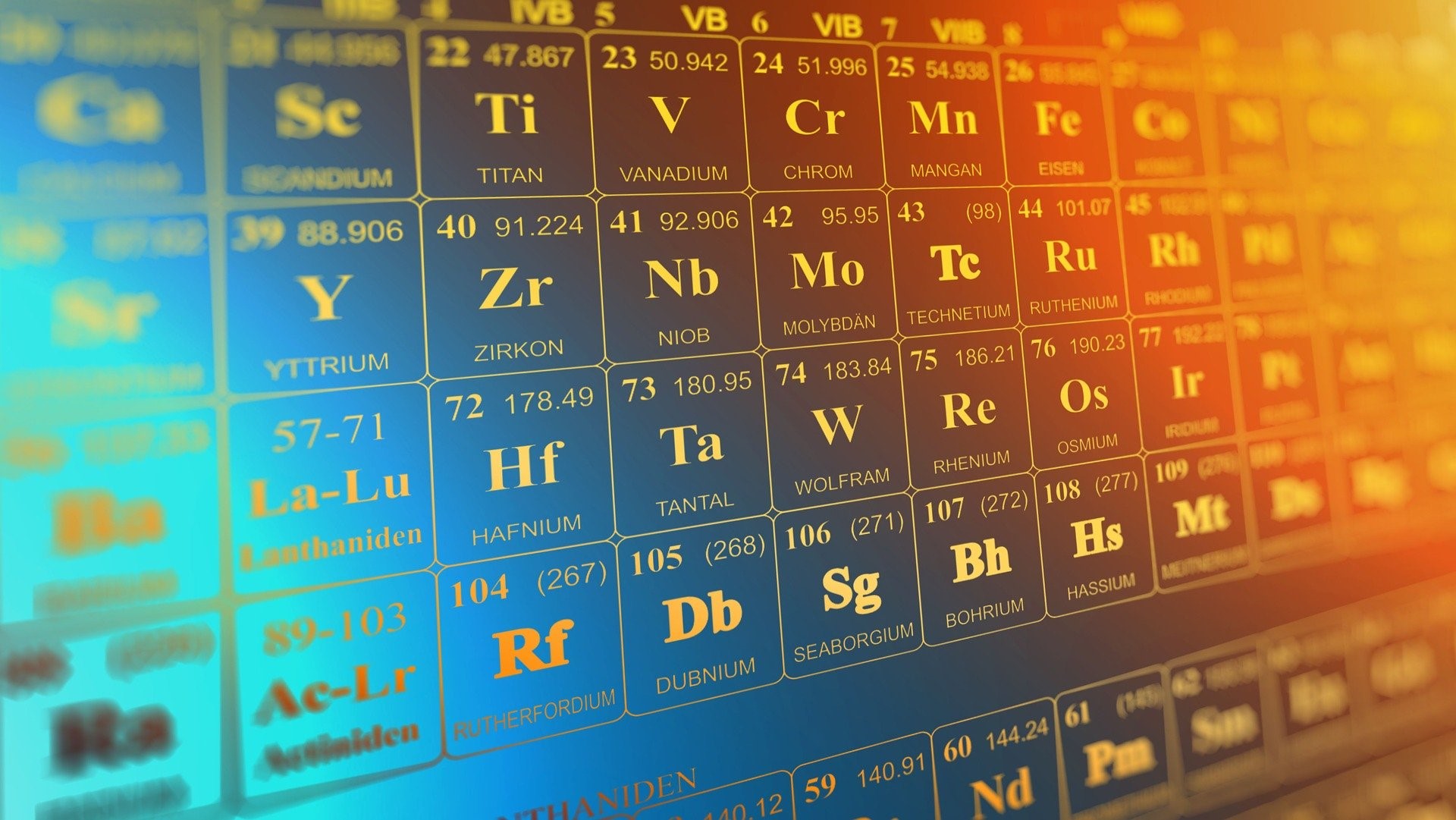SOLUBILITY AND COMMON ION EFFECT
SOLUBILITY
Solubility (s) is the amount of substance that dissolves in a solvent at a particular temperature.
Soluble salt = dissolves completely.
Insoluble salt= does not dissolve completely.
A solution consists of a solute and solvent. Dissolved soluble solute usually exist as solvated ions or solvated molecules. However, some substances are sparingly or insoluble in water. This could be due to poor solvation by water, or the chemical bonds are too strong to be overcome by solvation. NaCl is soluble in water (solvated Na+ + Cl– ions). AgNO3 is soluble; (solvated Ag+ and NO3– ions) . However, AgCl is insoluble or sparingly soluble.
SOLUBILITY CALCULATIONS
Concentration in molality = s
SOLUBLE SALTS
Water solubility of Sodium chloride 1.0 g in 1 kilogram of water.
NaCl ____> Na+ + Cl– 100% dissociation to ions, therefore solubility is same as concentration of ions.
Moles of NaCl = 1.00/[23 + 35.5] = 0.0171mol
Solubility of NaCl = 0.0171mol/1kg = 0.0171 molal solution
What is solubility of Sodium ions in this solution?
NaCl ____> Na+ + Cl– 100% dissociation to ions, therefore solubility is same as concentration of ions.
Concentration of NaCl=Concentration of sodium ions = concentration of chloride ions=[s] ;
[Na+] x [Cl–] = [0.0171]2
[s]2 = [0.0171]2
[s]=0.0171m
Exercise: Convert the value of 0.0171 molal to Molarity.
INSOLUBLE SALTS:
Do not dissociate completely, therefore equilibrium is reached between solid compound and dissolved ions in solution.
AB(s) <= > A+aq + B–aq
Keq = [A+aq][B–aq]/ [AB(s)] ; SOLID (s) is not in solution and therefore has to be ignored, therefore.
Keq = [A+aq][B–aq]
This product of ion concentrations is called SOLUBILITY PRODUCT (Ksp) and is a temperature dependent value.
E.g. Copper (l) bromide, CuBr has Molar Ksp = 4.20 x 10-8 at 25oC.
What is solubility of lead [II]chloride at 25oC, PbCl2 ; Molar Ksp = 2.40 x 10-4 at 25oC.
PbCl2 (S) <=> Pb2+ (aq) + 2Cl– (aq)
s x [2s]2 = 4s3 = solubility product of PbCl2 = 2.40 x 10-4
s = [(1/4) x 2.40 x 10-4 ]1/3
s = 0.03915 M


